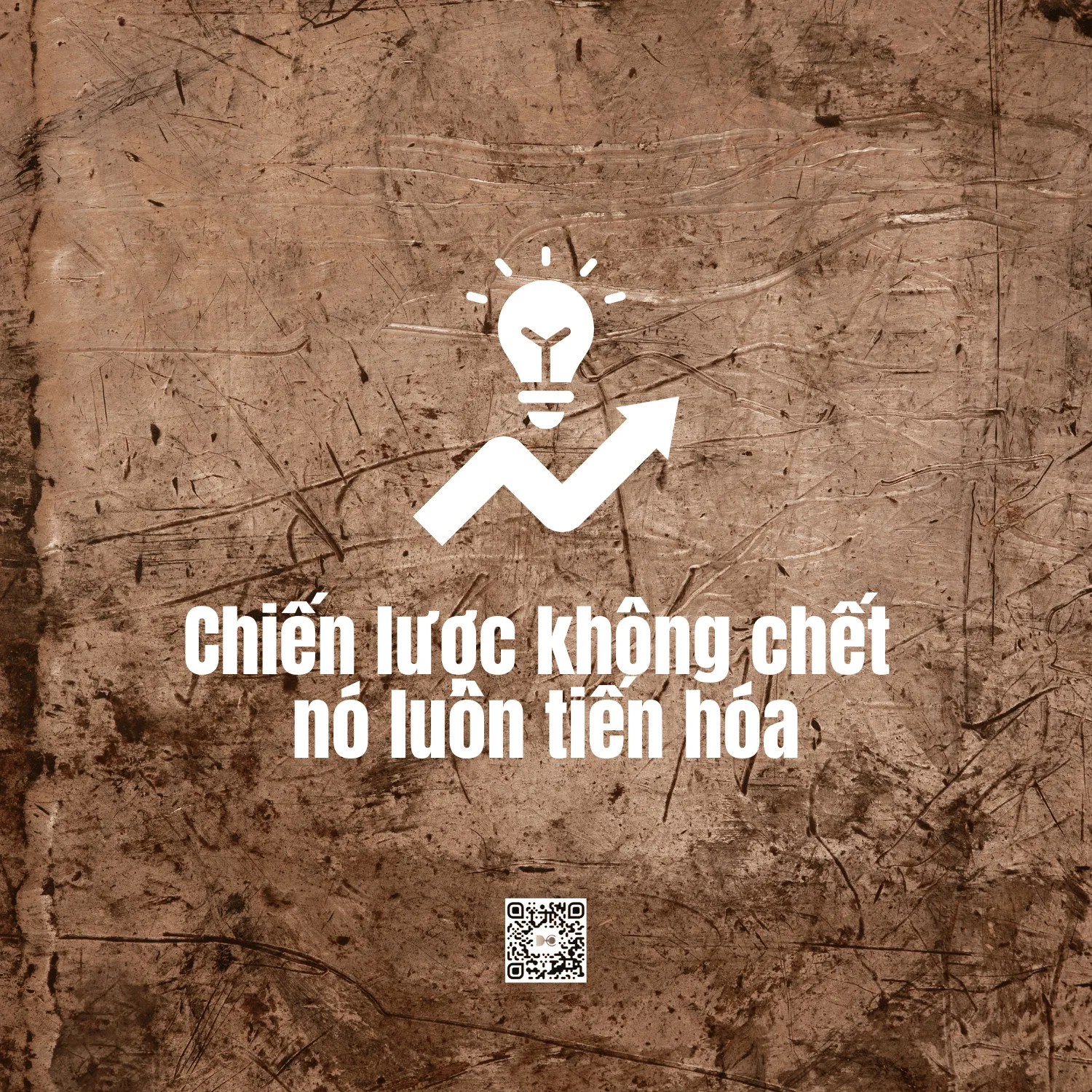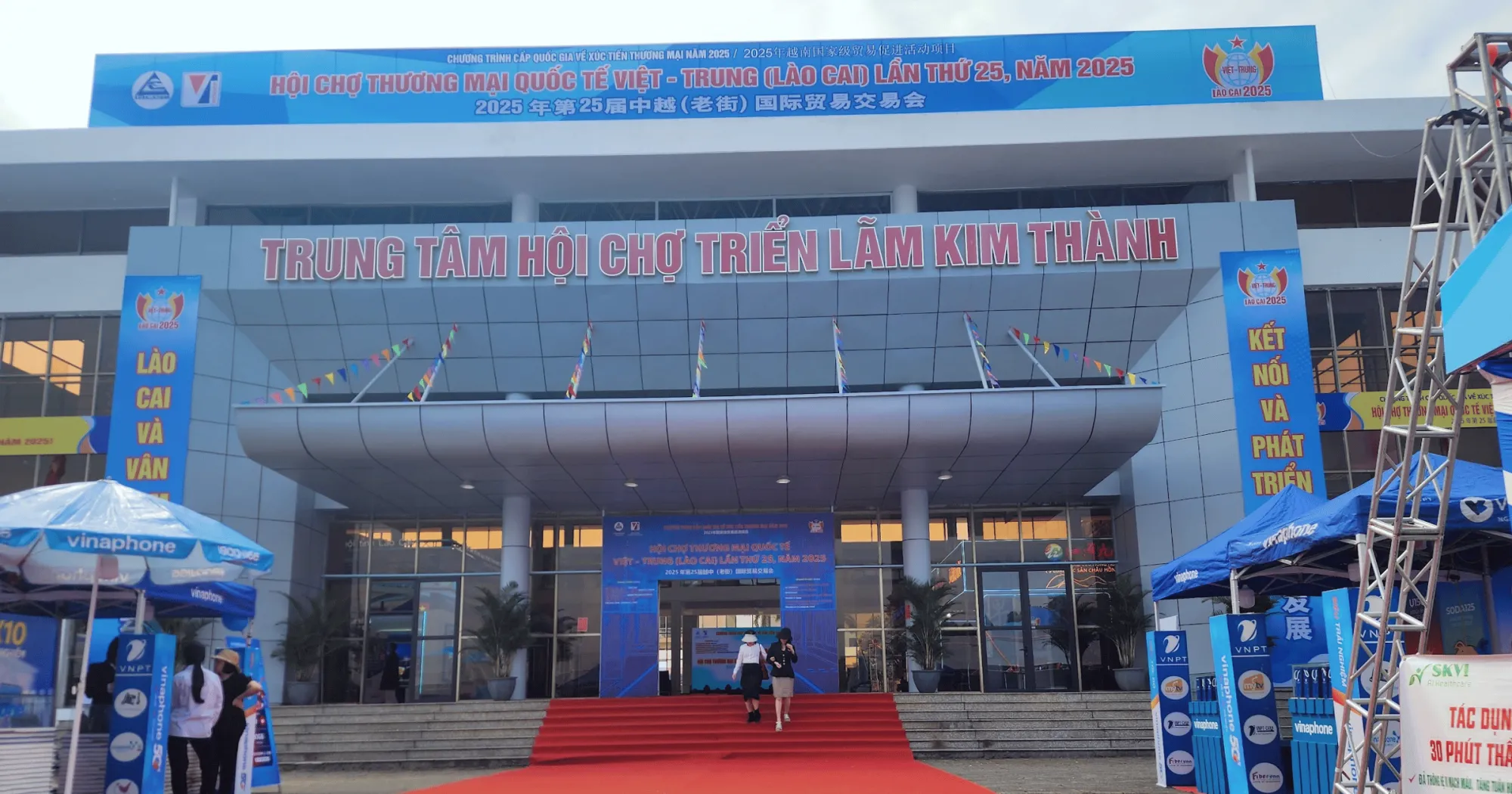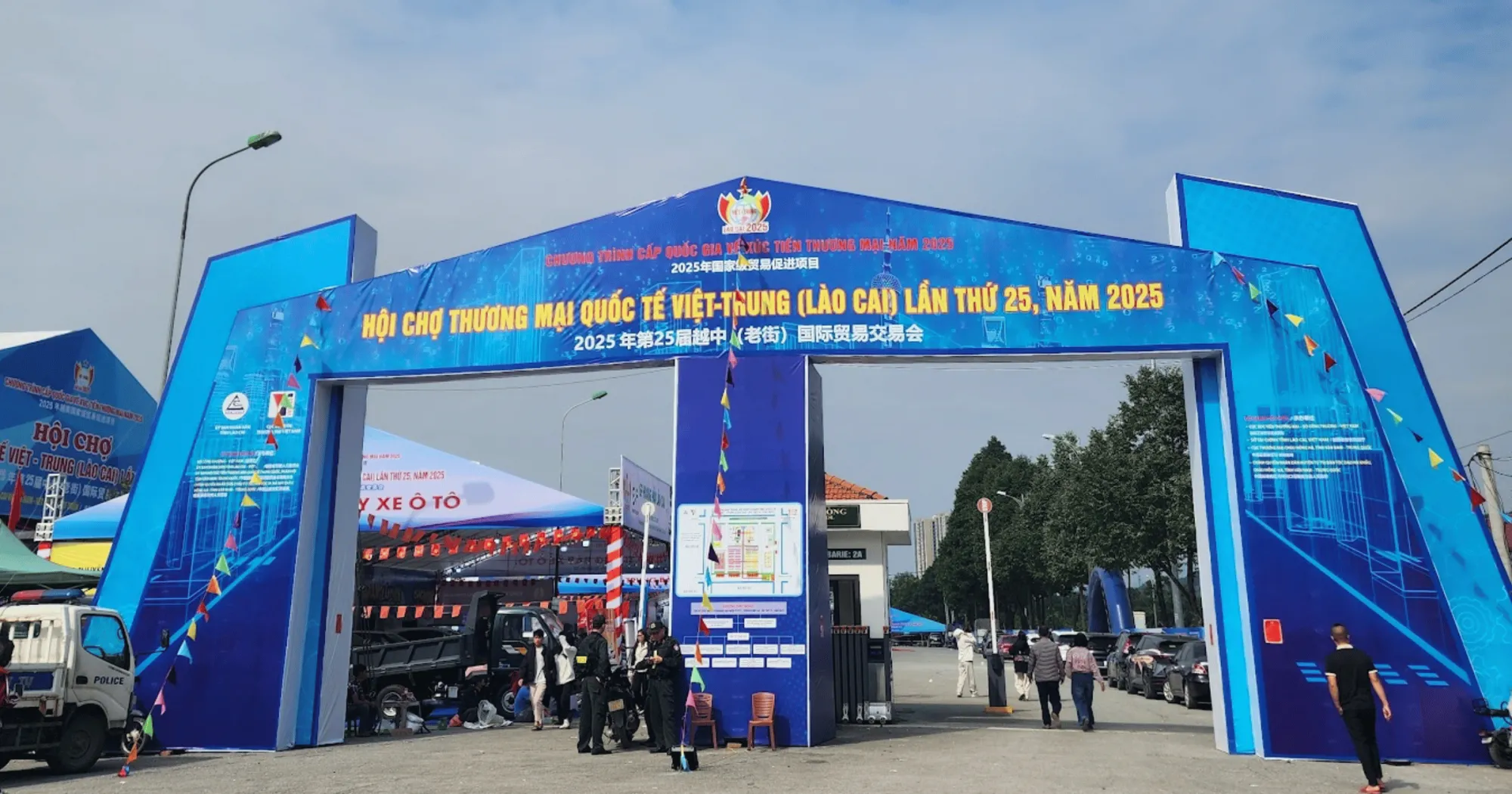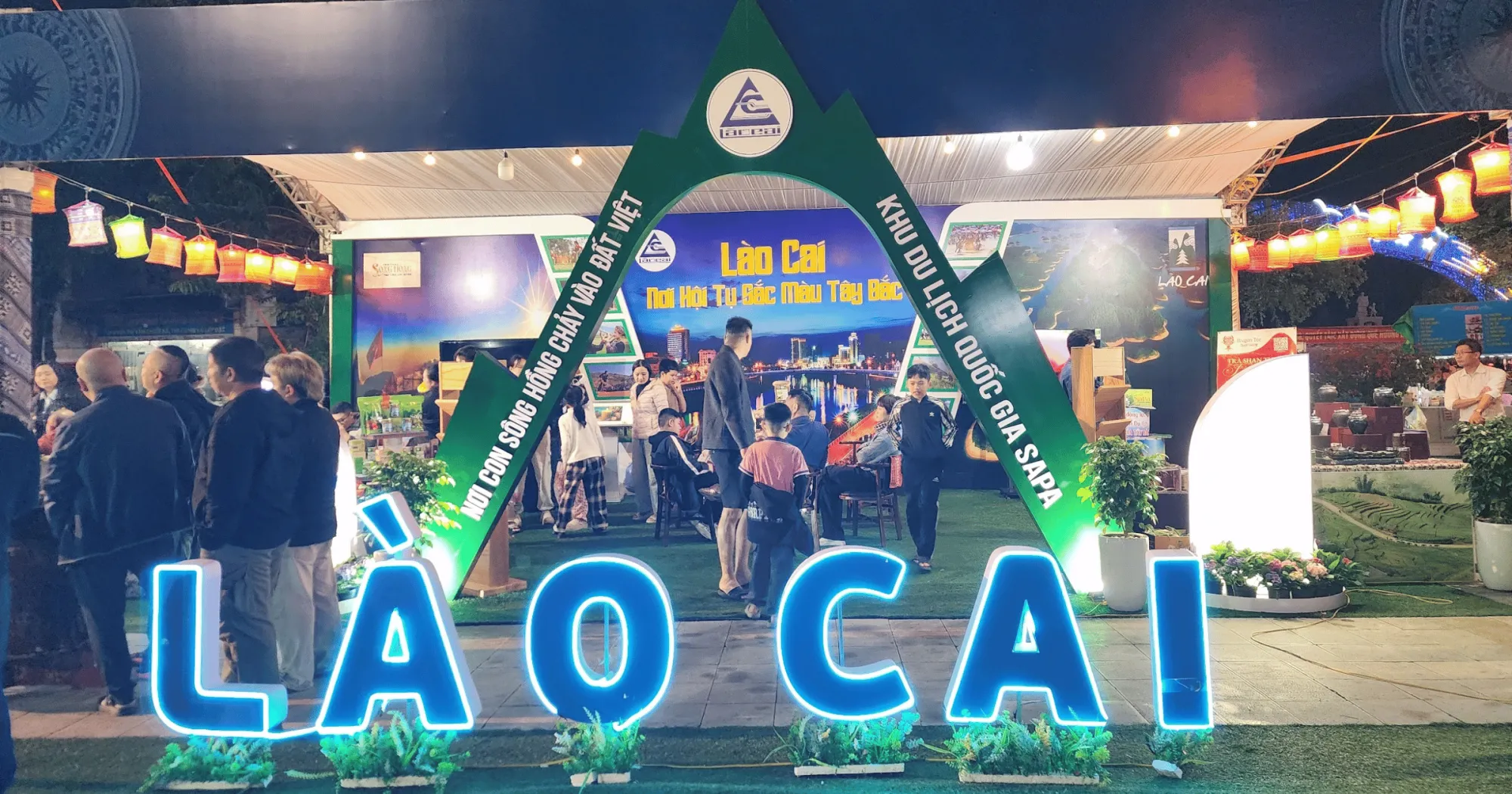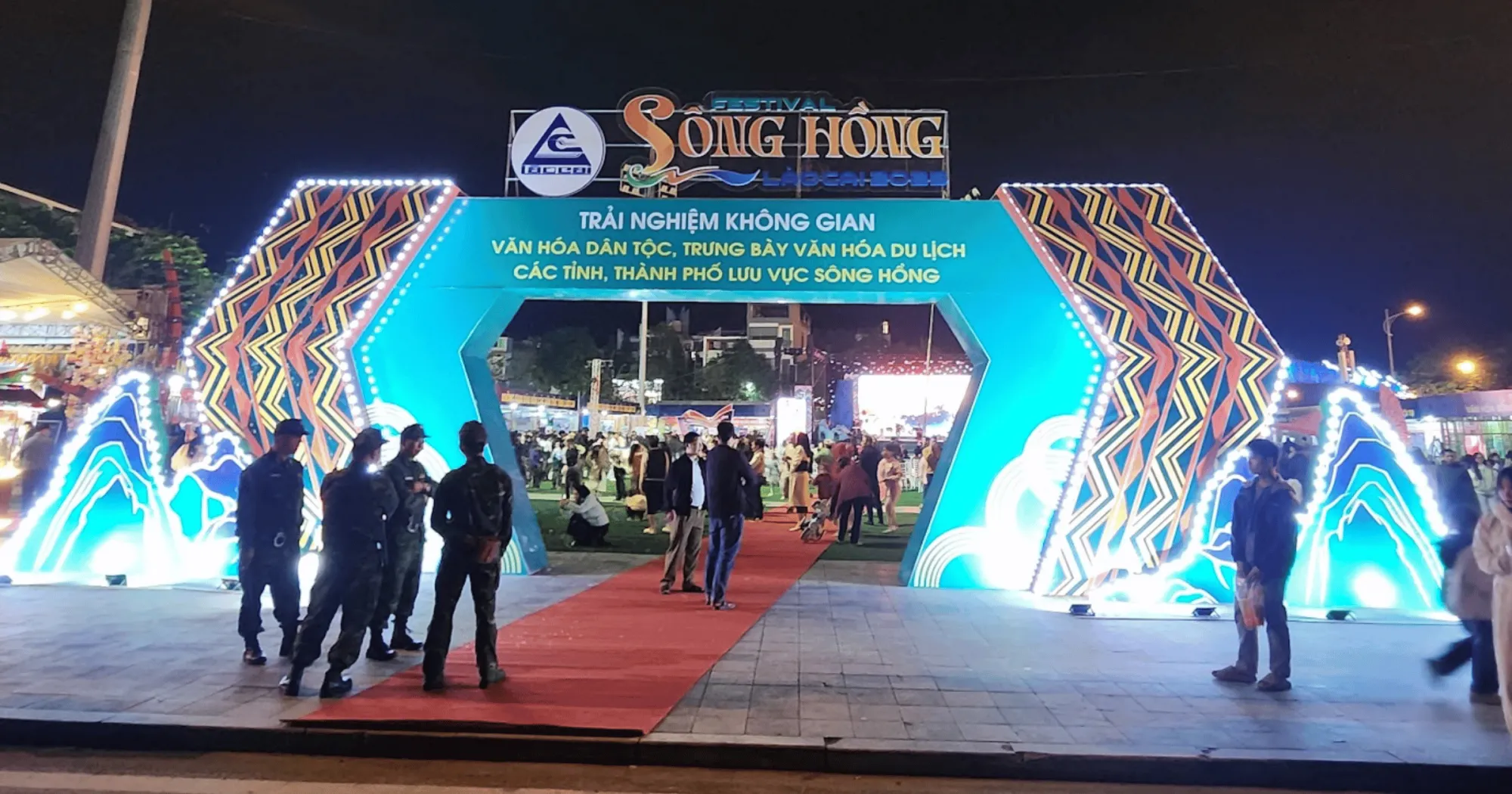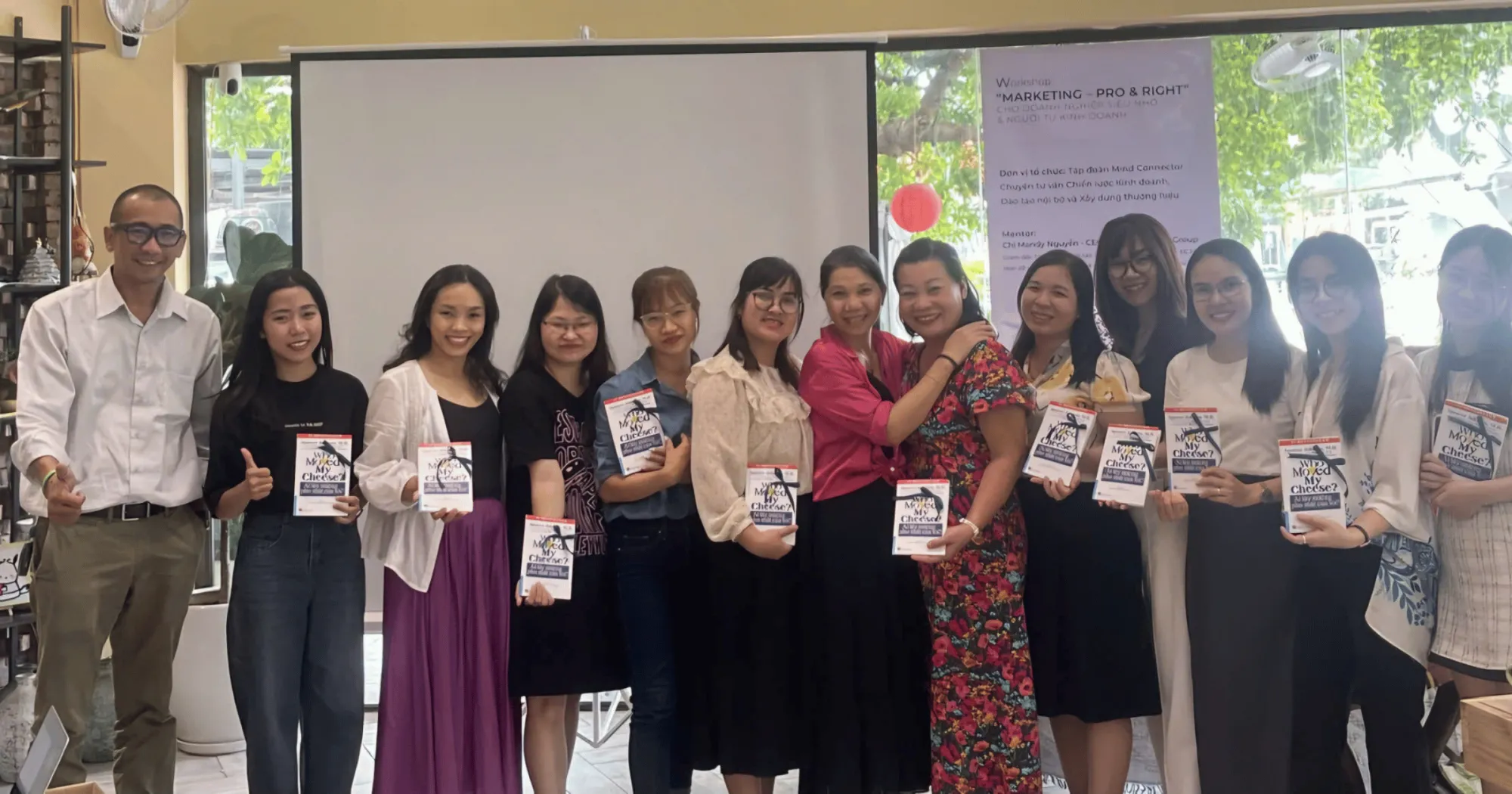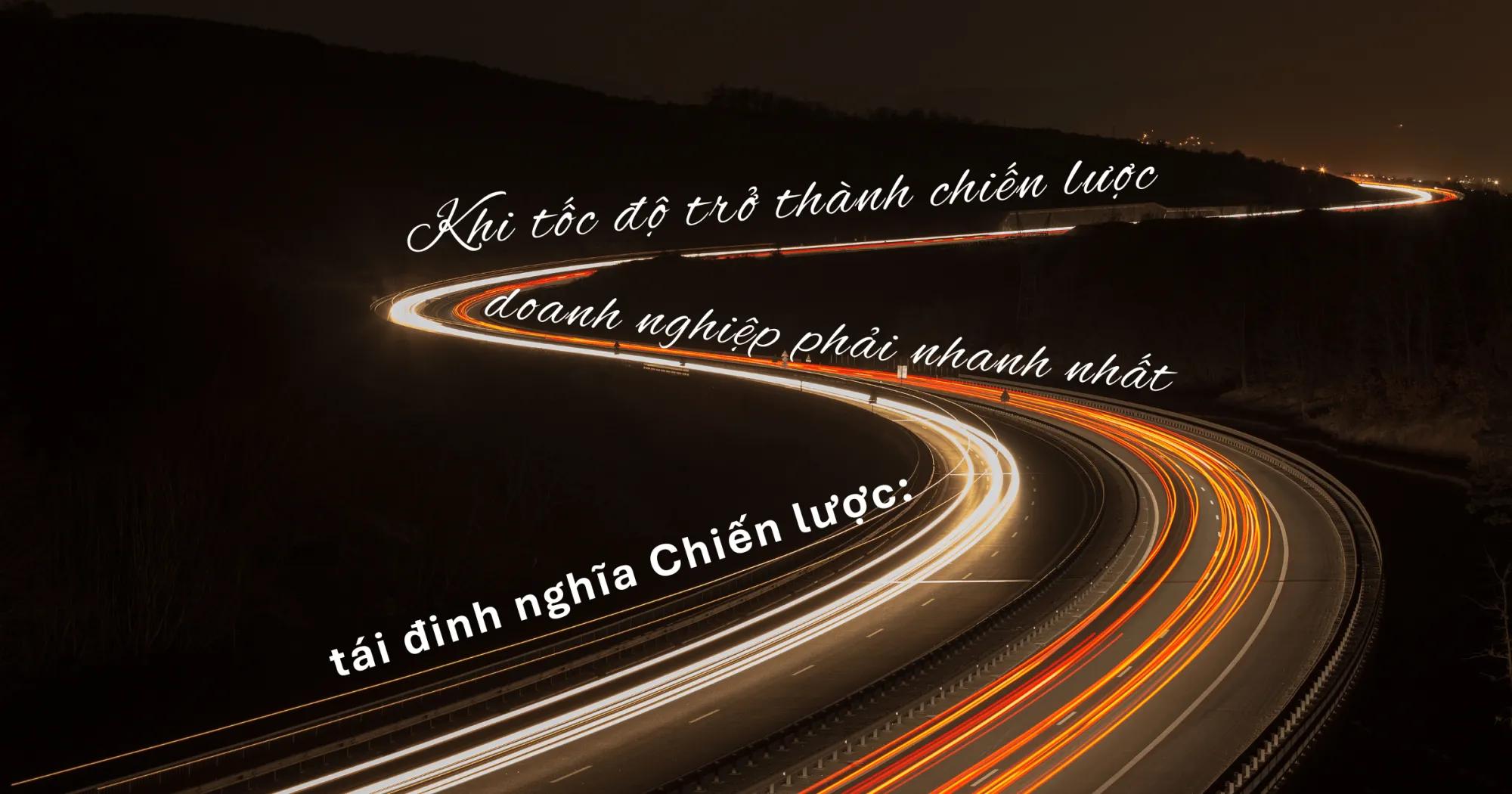Redefined: Strategy as “The ecosystem of thinking that enables a business to evolve.” In the 21st century, the concept of strategy, which used to be a beautifully bound, well-slide-presented five-year plan, is becoming obsolete. The world is changing so fast that any long-term plan is at risk of being meaningless after just a few quarters. “Post-strategy” is not about giving up on planning, but about moving to a higher level: the business is no longer just “doing strategy,” but becoming a learning, reactive, and self-adapting organism for survival.
In an age of change, the winner is not the one with the best strategy, but the one with the fastest evolutionary ability.
Strategy is no longer a destination, but a journey of continuous evolution
In the old days, businesses needed to “go in the right direction.” Today, it is more important to “turn around quickly when going in the wrong direction.”
The world no longer has room for fixed strategies – only for living strategic thinking, fueled by the ability to learn, reflect, and adapt.
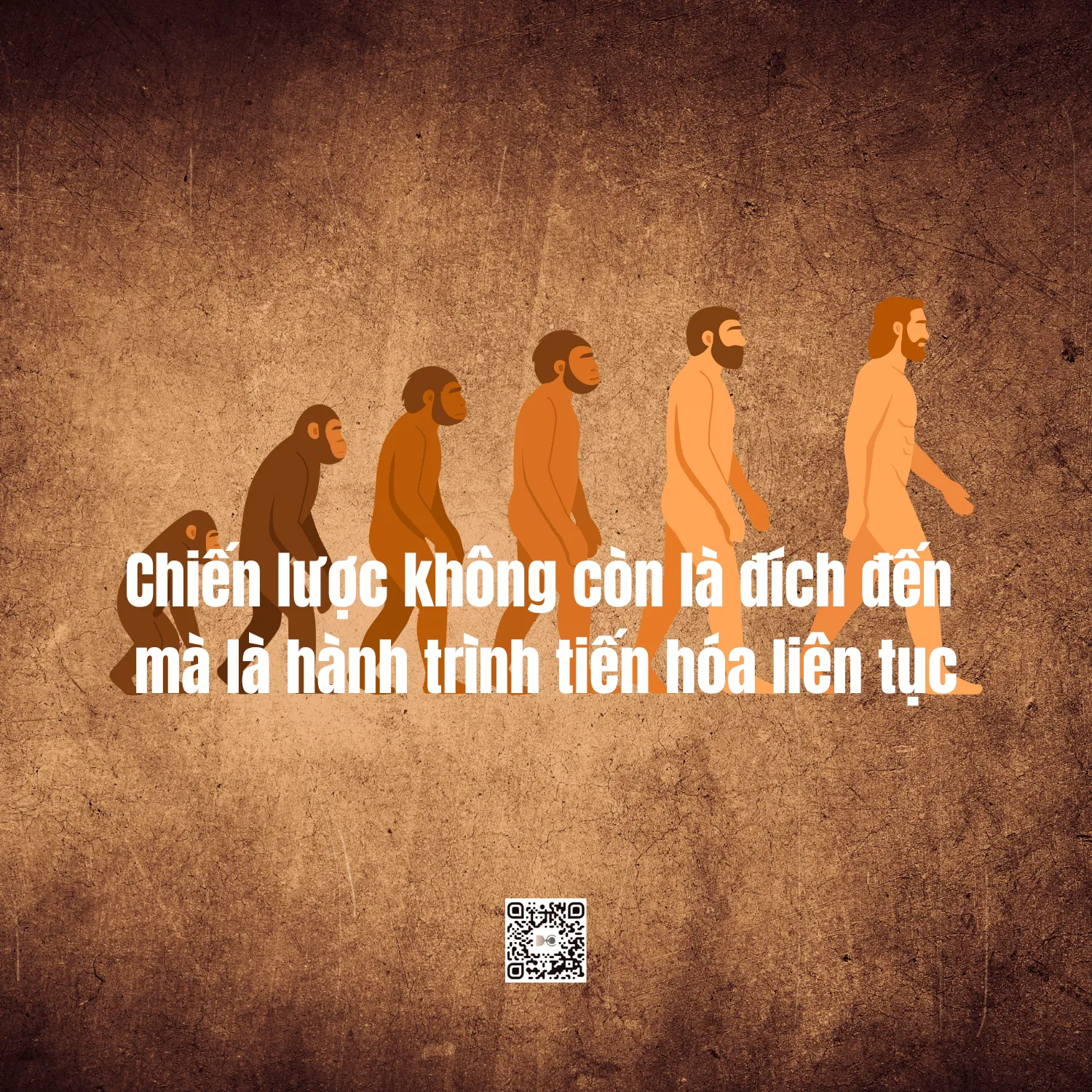
Organizations that survive don’t ask, “Are we on the right track?”, but rather, “How fast are we learning?”
They don’t fear being wrong – they fear learning slowly. They don’t defend themselves with process – they defend themselves with self-regulation.
“Living Organization” – the structure of an adaptive enterprise
A living organization is not a place where “everyone works according to a plan”, but a place where everyone understands the goal, learns together to change the way to achieve that goal.
The structure of living organisms consists of three layers:
- Collective Mindset: Everyone understands “why” the organization exists – this is the strategic DNA.
- Adaptive System: Each department has the power to adjust its approach as the context changes – without waiting for “orders from above.”
- Learning Loop: Mistakes are recorded, feedback is shared, lessons are disseminated – so the entire organization learns at the same pace.
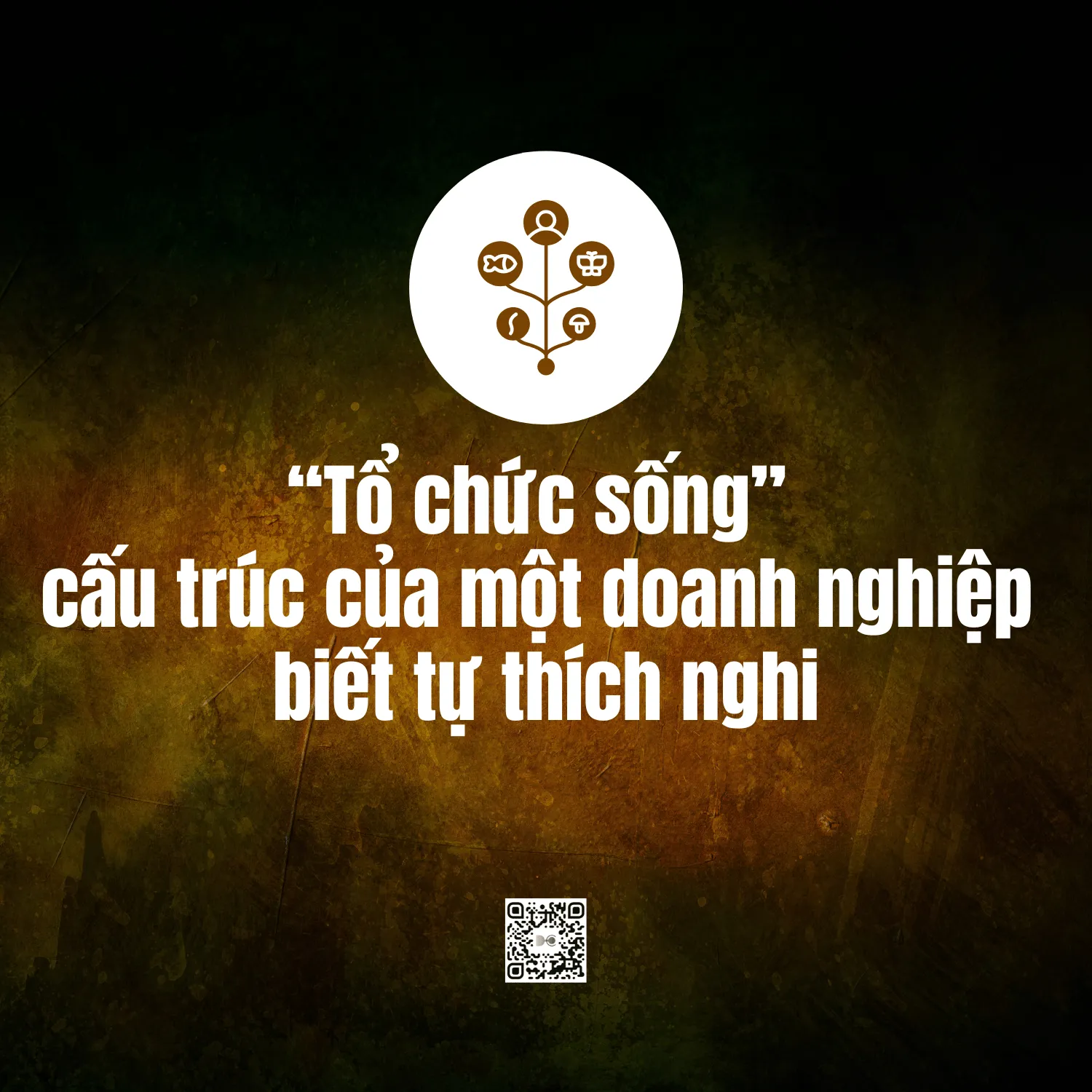
In this model, strategy is not on paper, but flows through every meeting, every decision, every daily behavior.
Learning and adaptation – the core competencies of evolutionary organizations
Living businesses differ from “mechanical” businesses in that instead of trying to protect old systems, they constantly restructure themselves to fit reality.

Let’s look at some typical cases:
- Some Vietnamese businesses in the technology and retail sectors have turned the crisis into an opportunity, quickly switching to an online service model, without having to wait for the plan to be “approved”.
- Many craft manufacturing companies have partially automated their processes, not because of the “digital transformation” movement but because they have learned that productivity is freedom, freedom to be more creative, to serve faster.
These organizations understand that education is not a cost but a survival skill.
From Enterprise to Ecosystem of Thinking
“Post-strategy” also requires enterprises to know how to open their systems to the outside world.
A living organization learns not only internally, but also from customers, partners, and even competitors.

They no longer see themselves as a “company” but as a thinking ecosystem where every interaction is strategic data.
- Customers are not just buyers, but also helpers in perfecting products.
- Communities are not just markets, but “strategy laboratories”.
- Competition is no longer a zero-sum game, but a process of knowledge symbiosis.
In that world, speed of learning and the ability to collaborate across boundaries are the most sustainable competitive advantages.
Strategic DNA – when businesses no longer need to “do strategy”
Businesses reach the highest level when strategy is no longer a meeting, but an organizational instinct.
This is when every employee understands the larger mission, every team leader has the capacity to make strategic decisions within their scope, and the entire organization operates as a unified organism – adjusting to signals from the environment.
Strategy, then, is not in the “planner”, but in the way people live and work together.
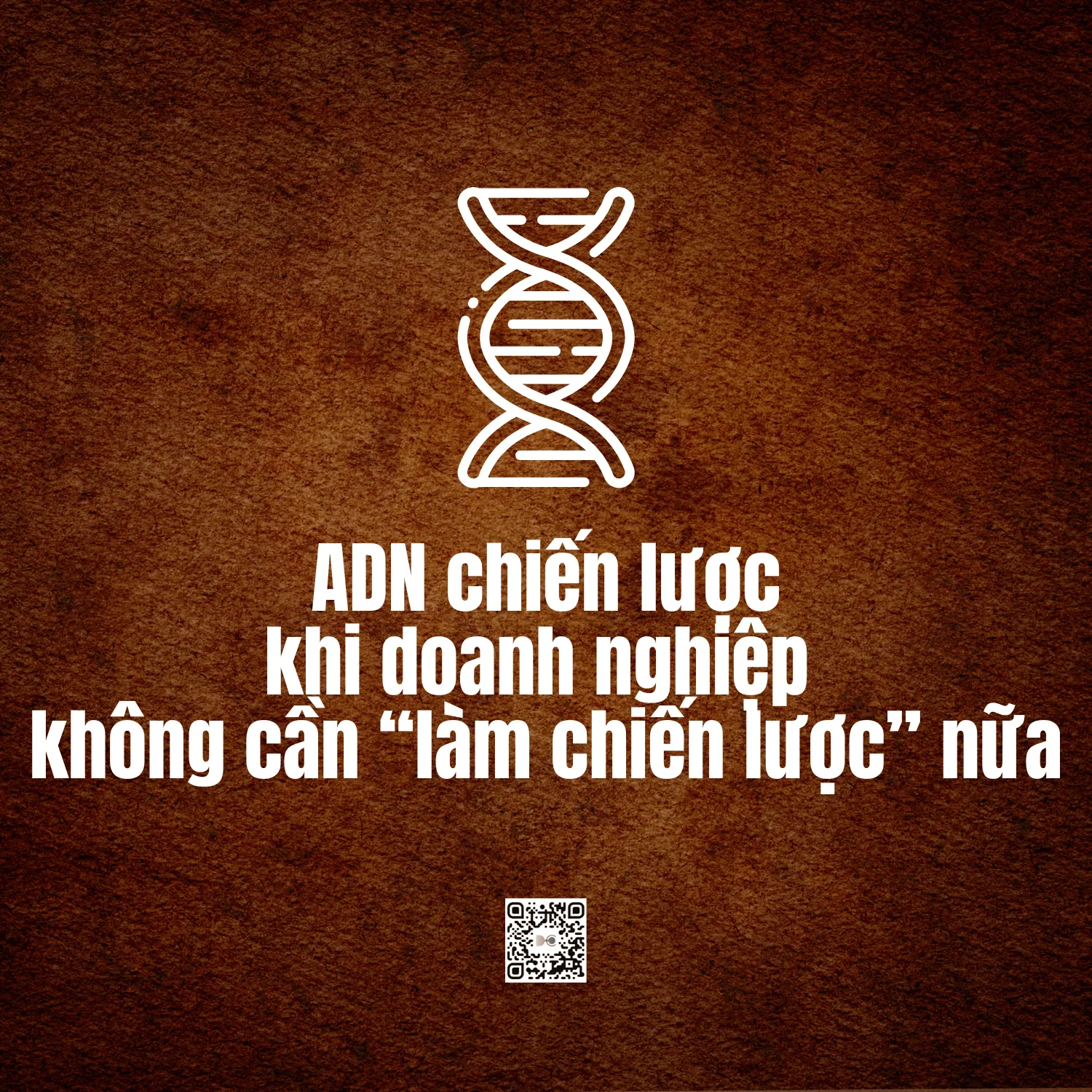
Practical Corner – Vietnamese Enterprises on the Evolution Journey
Some Vietnamese enterprises are truly reaching this “post-strategic” stage.
For example:
- Technology businesses: No longer make fixed 12-month marketing plans, but design strategies based on “2-week feedback loops”, measure and change continuously.
- High-end craft businesses: Not only train skills, but also train learning mindset to make craftsmen “creators”.
- F&B or service businesses: Turn frontline employees into centers for collecting customer insights, recreating menus, not waiting for “leadership direction”.
They are doing something very “post-strategic”: not predicting the future, but preparing for every possibility of the future.
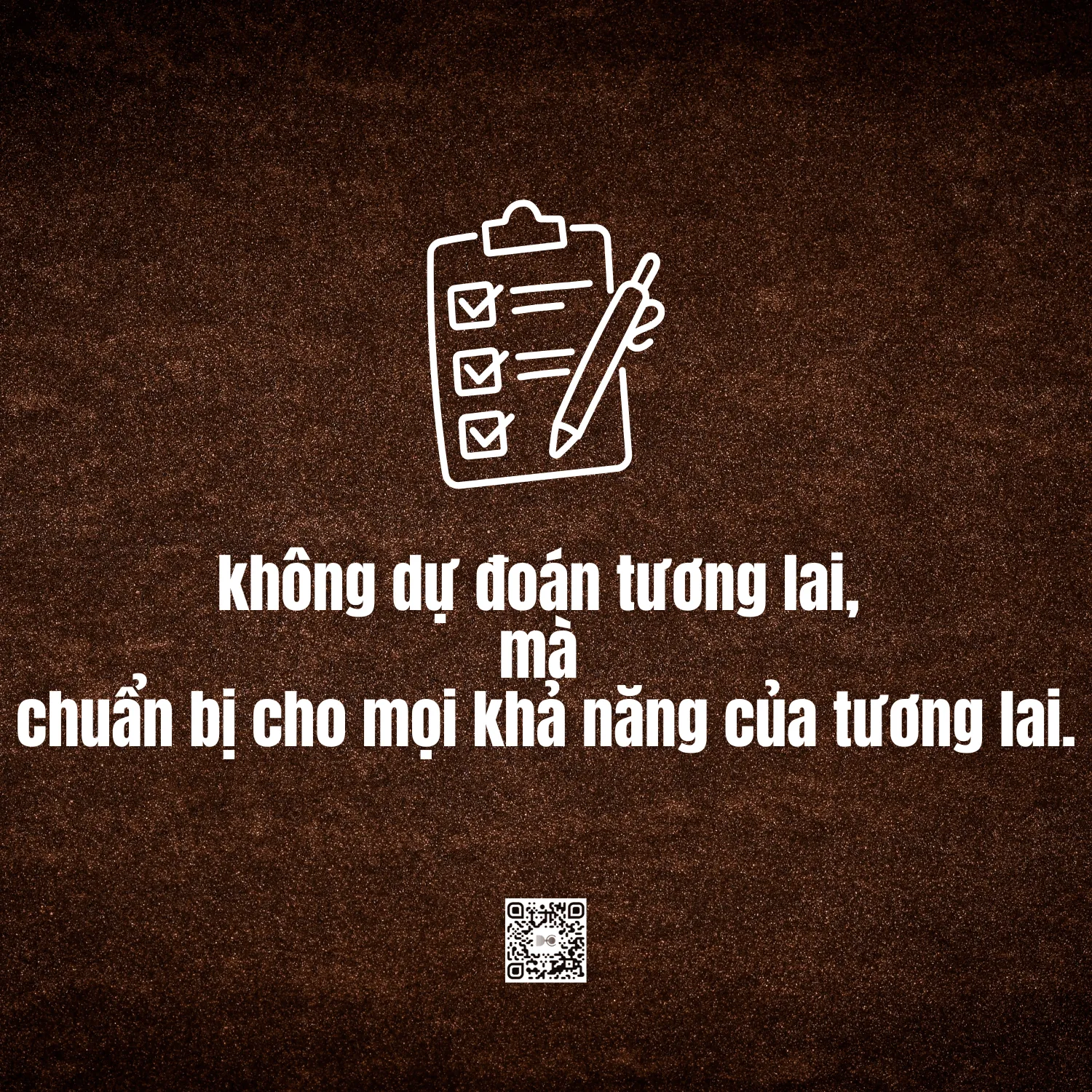
Conclusion: Strategy is not dead – it is always evolving
“Post-strategy” does not mean that strategy is no longer relevant.
On the contrary, it is the stage when strategy reaches its most mature stage, when it becomes an organizational instinct.

A living business no longer asks “what is this year’s strategy?” but “how can we always be ready to change strategy without losing ourselves?”
And that is the pinnacle of management: when the organization is no longer a machine, but a living being with a soul, with thinking, and with the ability to evolve itself.
